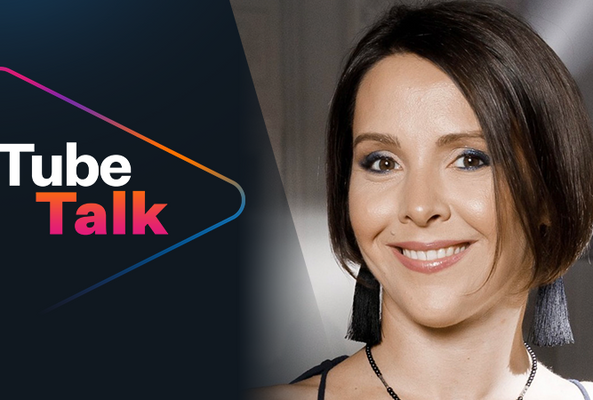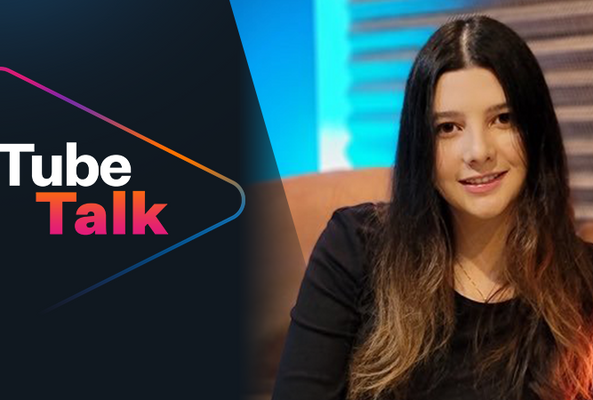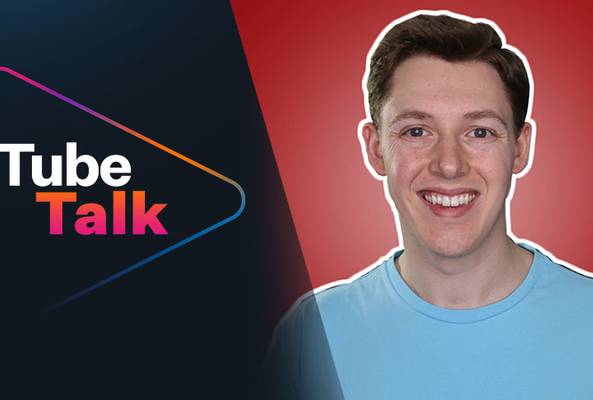Lydia Sweatt is a writer who loves balancing her article/blog time indoors with a healthy dose of nature. She bikes, hikes, and identifies edible plants along the way.
How to Get Brand Sponsorships: 5 Things to Know
JUMP TO SECTION:
- 1. Brands Don’t Always Care About Subscriber Count
- 2. Your Digital Footprint Can Make or Break a Brand Deal
- 3. Be Honest About a Brand and its Products
- 4. Your Brand Pitch Must Be Persuasive
- 5. You Won't Be a Match for Every Brand Sponsorship
Every creator wants to know how to get brand deals. They want to know what it’s like to work on a lucrative campaign and why they haven’t reached that magical point. Until it happens, they imagine having an overflowing bank account and plenty of sponsors.
Stop Guessing. Start Growing.
Join 20M+ creators using vidIQ to get more views, subscribers, and success on YouTube.
Read More: The Truth About Getting a Brand Deal on YouTube
But not everyone thinks of the other side – what brands wished creators knew. It’s a better approach, especially if you want to discover what makes a brand say, “You’re hired.”

In this episode of TubeTalk, we get that perspective from Colby Hornick, product marketing specialist at TCL Communication. As a public relations expert, Hornick works with influencers to make brand deals happen. Now he's helping creators understand what brands are truly looking for.
If you’re wondering "how do you get sponsored?", here are five things to know before sending a pitch.
1. Brands Don’t Always Care About Subscriber Count
A common misconception about how to get brand deals is that you need a massive following. However, many brands prioritize authenticity and engagement over sheer numbers.
Bottom line: There are different campaign types, and brands need different kinds of creators to make them successful.
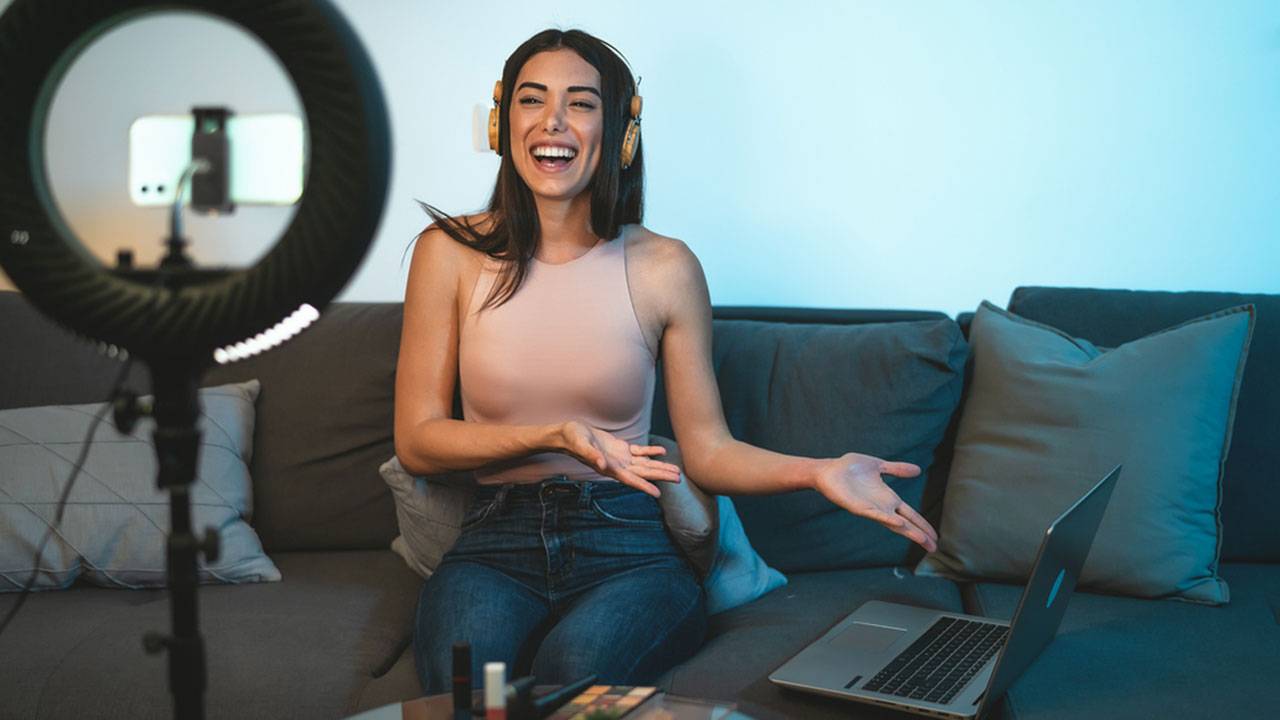
Someone with 500,000 subscribers can drive awareness, but what about other, more concrete goals? If we’re talking about email sign-ups and purchases, companies need the best creators for those outcomes. And that’s not always a mega influencer.
Selling products isn’t always the goal, Sometimes, brands just want to raise awareness or collect user-generated content. That’s why they work with creators across the spectrum:
Even if you’re a smaller creator, there’s room for you in the world of brand sponsorships. Focus on building a loyal audience, as brands are more interested in creators who can influence buying decisions, not just rack up views.
It’s OK to start where you are with the subscribers you have. There will always be brand deals for small YouTubers and other creators.
To reach different campaign goals, brands look for:
- Nano-influencers (1,000-10,000 followers)
- Micro-influencers (10,000-50,000 followers)
- Macro-influencers (100,000-1,000,000 followers)
2. Your Digital Footprint Can Make or Break a Brand Deal
Wondering how to get sponsored and secure deals with top brands? Start by cleaning up your online presence. Hornick emphasizes that brands research creators thoroughly, and outdated or offensive content can jeopardize your chances
“If we’re doing a deep dive on you, and you’re popping off and saying some pretty gnarly stuff – and I don’t mean having political opinions," Hornick says. "It doesn’t matter if you’re left, right, middle. I don’t really care in that regard. But if you’re dropping racist epitaphs and saying some really awful things, then….”
At that point, Hornick fell silent and sucked his teeth against the mic, as if to say, “No more sponsorship.”
3. Be Honest About a Brand and its Products
Brands aren’t perfect, and neither are their products. It’s OK to give your honest review of something, even if you’re getting paid to make the company look good. On YouTube, you are responsible to your audience first and brands second.
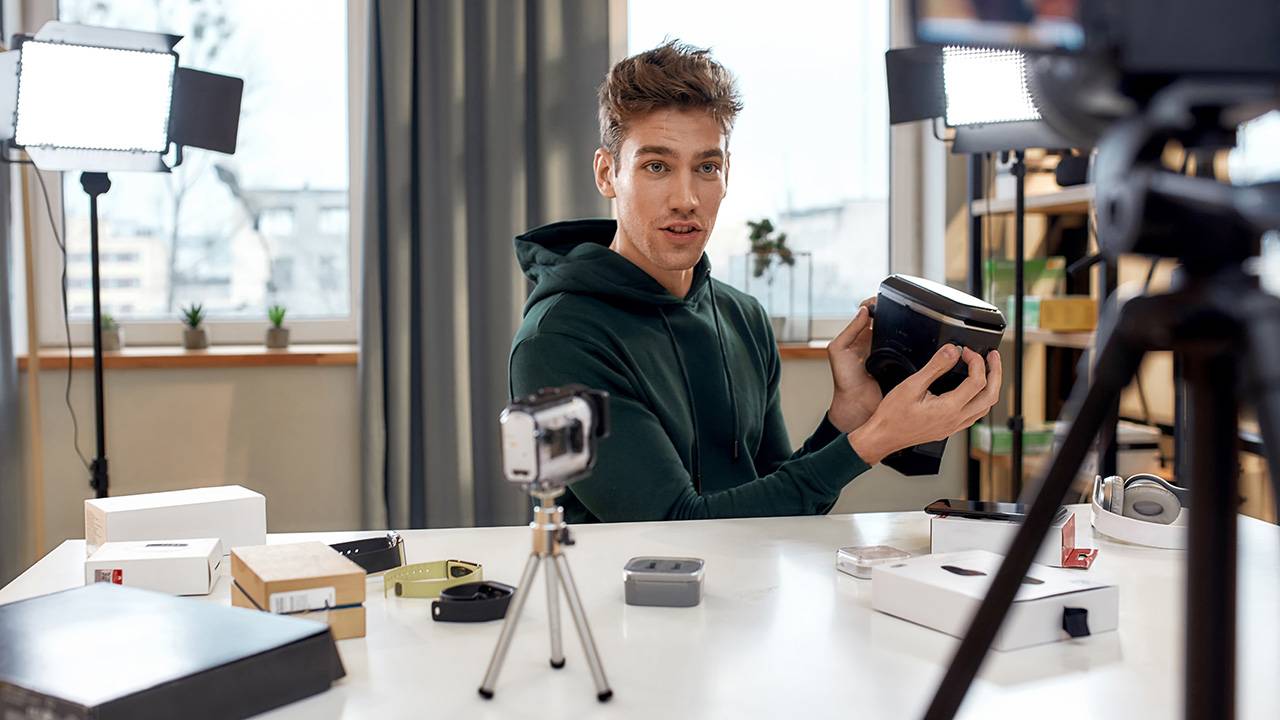
Admittedly, not all companies will understand. That’s why partnering with the right brands leads to better brand sponsorships. Your audience will appreciate you for sharing the truth, and the brand will improve through consumer feedback. Everyone wins.
“I ask for fairness, and I ask for honesty,” Hornick says. “That’s it. I want you to highlight the things we do well, and in fairness, you need to highlight the things we maybe don’t do well – maybe the areas we need to improve – and then be accurate and truthful.”
4. Your Brand Pitch Must Be Persuasive
Public relations specialists get hundreds of emails.
Standing out from the competition takes more than a good subject line. The body of the email has to be persuasive, too, because that’s where you’ll pitch brands.
Hornick sees a lot of pitching mistakes, even for those just seeking products to review:
- Not having a media kit
- Misspelling the brand’s name
- Writing a long, time-consuming email
- Not emailing the right person (find the press center or public relations specialist)
- Not sharing important information, such as who you are, what you do, details about your audience, and your YouTube channel analytics
If you want to get a paid brand sponsorship, there’s even more to convey:
- Ideas around how you’d center the brand in sponsored content
- The value you bring by sharing the brand with your audience
- Examples of past campaigns and how they performed
Read More: 11 Companies Matching YouTubers with Amazing Brand Deals
5. You Won't Be a Match for Every Brand Sponsorship
Imagine you’re a tech creator who’s extremely vocal about hating Samsung Galaxy phones. You own plenty of iPhones, and most of your videos are about Apple technology, not Android. What are the chances you’ll get sponsored by Samsung?
If you’re thinking, A pretty small chance, that’s probably correct.
A brand won’t contact you if your messaging doesn’t align with theirs; it just doesn’t make sense. Assuming your audience feels the same as you, the brand would be targeting the wrong consumers.
Of course, Hornick says there are more reasons people don’t get brand deals:
- Their audience isn’t quite “there” yet in size and engagement.
- There are limited samples to give creators for reviews.
- The brand doesn't have the budget to pay certain rates.
No matter what, just keep networking. Show up in YouTube live streams and join conversations across your social media channels.
After all, getting sponsored comes down to three things:
- Being where brands and their representatives gather
- Proving you can add value to a campaign
- Being likable
You must be visible online to do all those things!
Next Up: Learn how to put together your media kit for brand pitches
FAQs
What is a brand sponsorship on YouTube?
A brand sponsorship is a paid partnership where a creator promotes or features a brand in their content to support awareness, engagement, or sales goals.
How to get brand deals as a smaller creator?
Focus on audience trust and engagement, not subscriber count. Many brands work with nano and micro creators who influence buying decisions.
How do you get sponsored by brands on YouTube?
Be visible where brands look, keep a clean online presence, pitch the right contacts, and show how your audience aligns with the brand’s goals.
Do brands care more about subscribers or engagement?
Engagement matters more. Brands want creators who can drive action, not just views.
Why do brands reject creators for sponsorships?
Common reasons include poor brand fit, low engagement, limited budgets, or messaging that conflicts with the brand’s values.
20k+ 5 Star Reviews
Ready to put this into action?
Use vidIQ to find your next video idea, pick better keywords, and optimize every upload.

